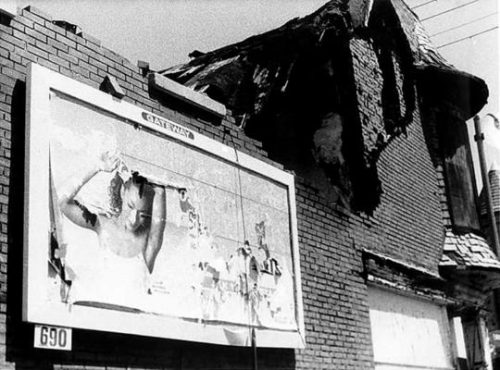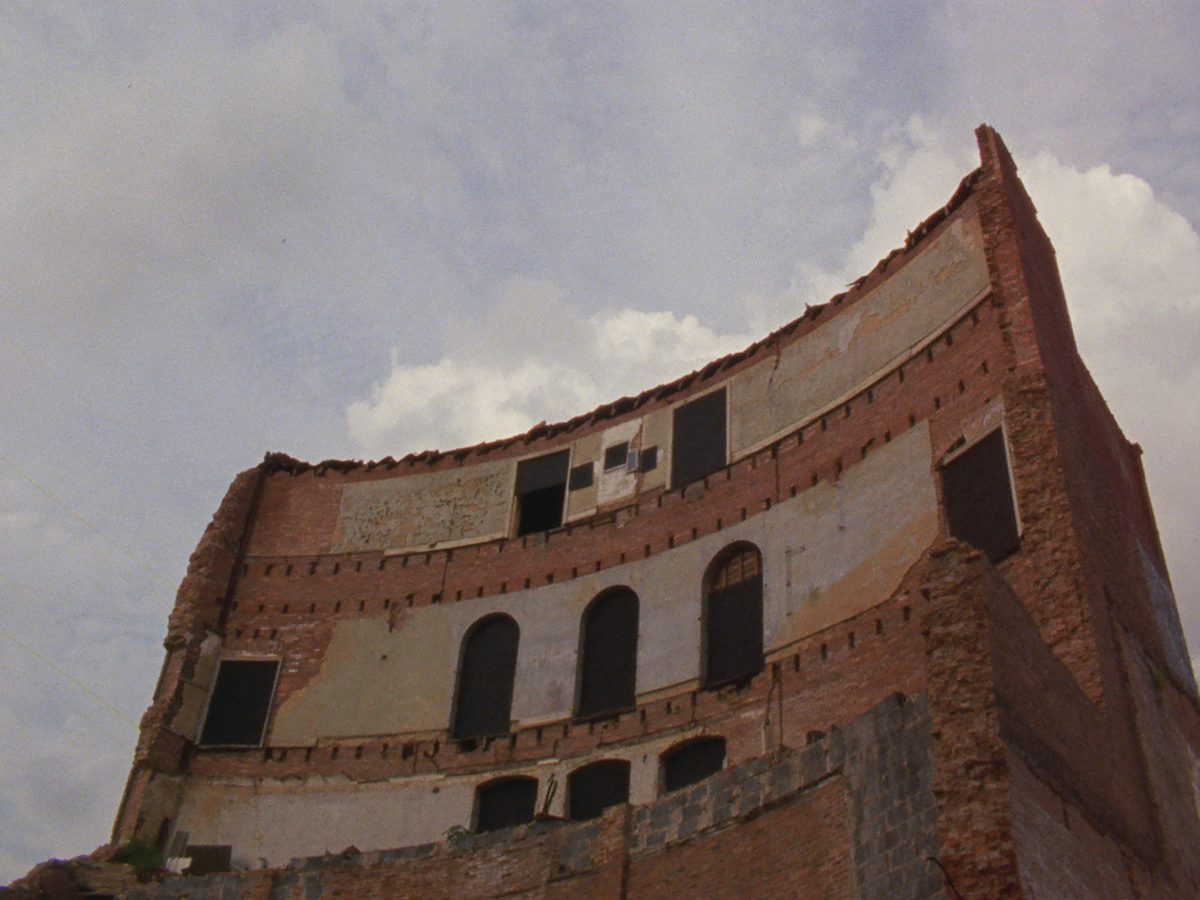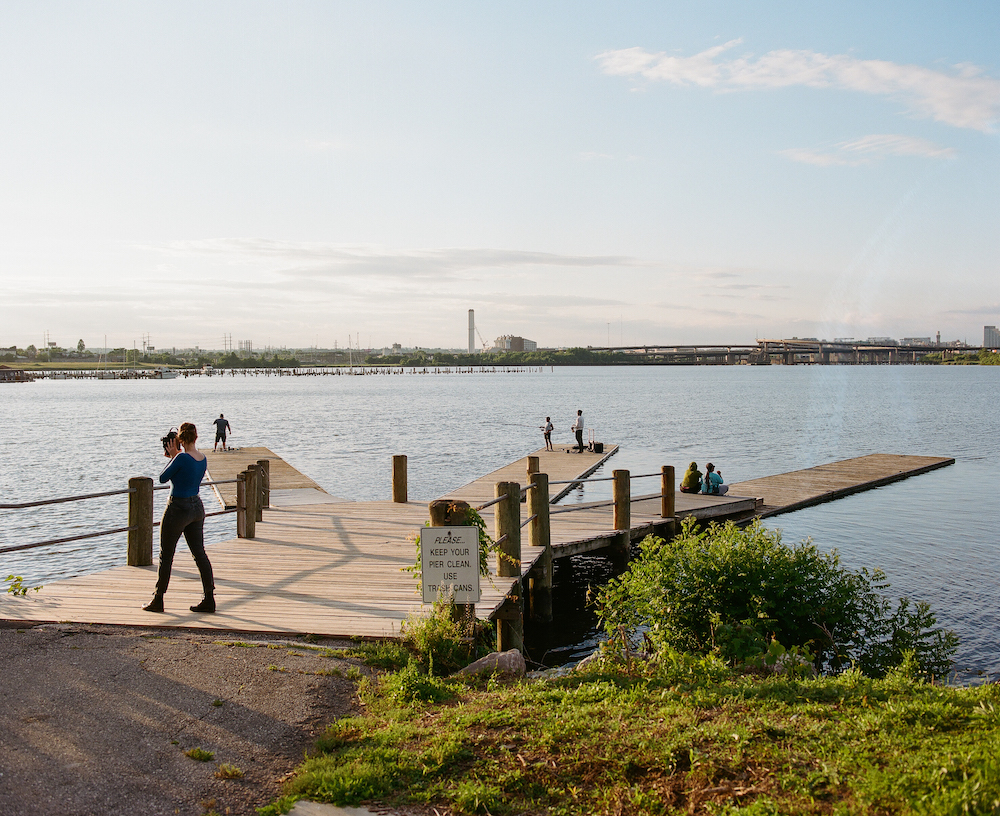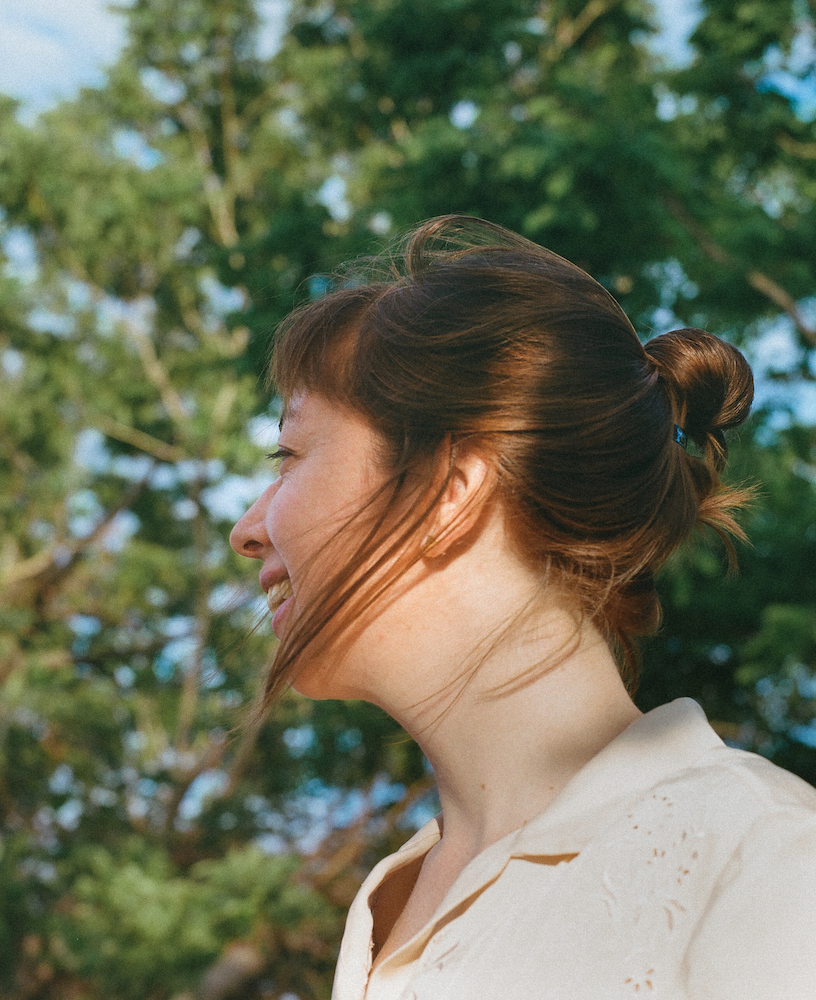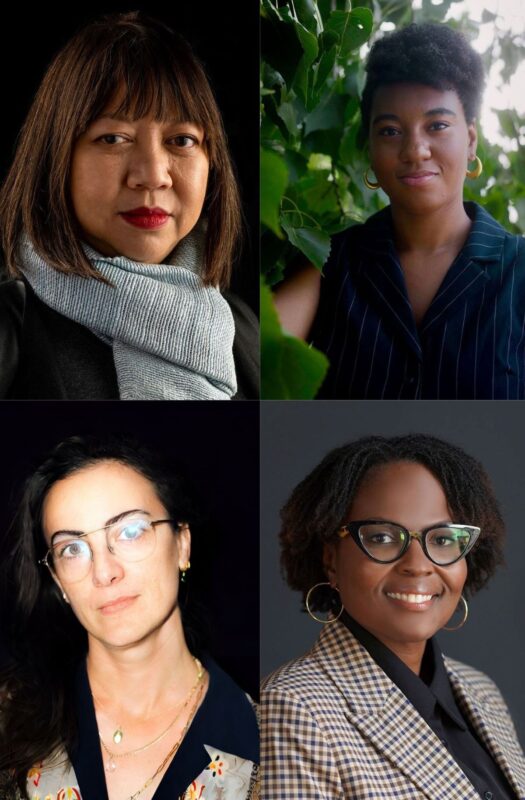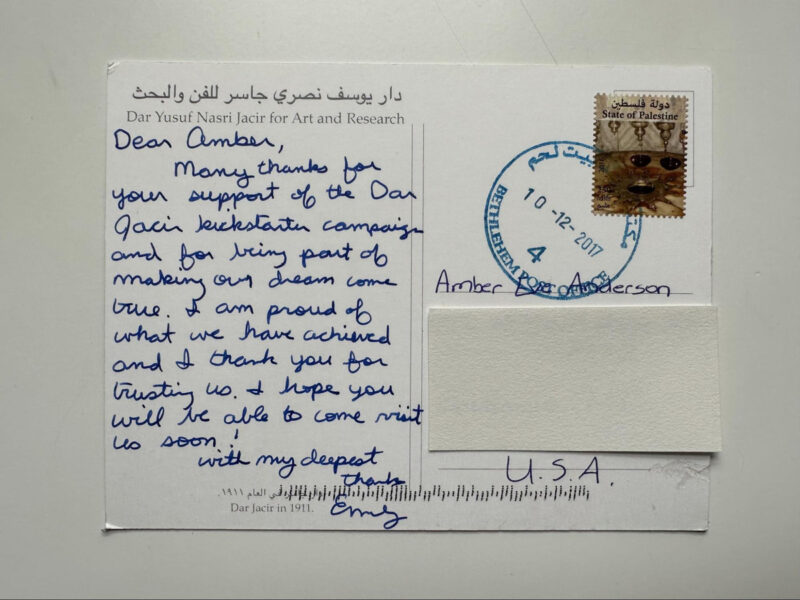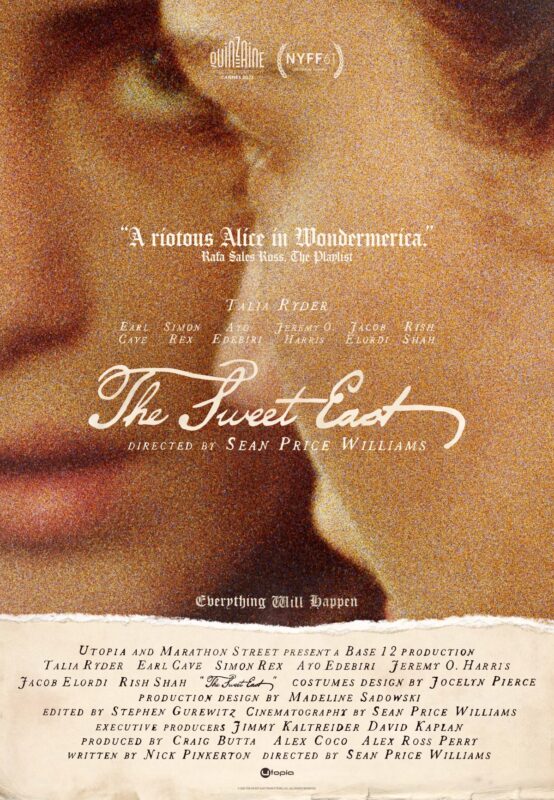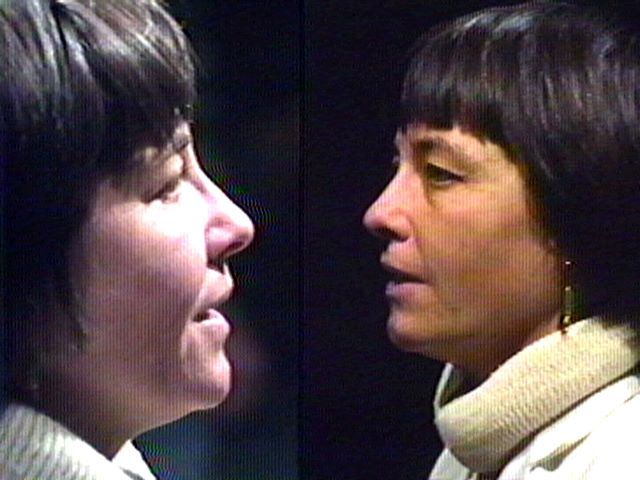After ten years of bringing non-narrative and experimental film to Baltimore audiences, Margaret Rorison’s Sight Unseen series is coming to a close. The final three screenings are fitting, as they amplify the voices of many regional artists, Baltimore’s youth, and the complex beauty of the city itself.
The series has used the SNF Parkway Theatre as its home since 2017, and on April 9, Rorison screened a documentary titled Exploring Presence: African American Artists in the Upper South. In a series of short profiles, director Angela N. Carroll (a BmoreArt contributor) shows the value and the breadth of artists working and living in and around our city. Among the profiled artists are many familiar names, including Schroeder Cherry, Linda Day Clark, Oletha DeVane, Espi Frazier, Aziza Claudia Gibson Hunter, Martha Jackson Jarvis, Ed Love, Tom Miller, Joyce J. Scott, and Paula Whaley. While these artists are certainly exploring our present, none of them seem to have left the past behind. The film highlights that these artists are united in giving credit to those who came before them, naming history as a driving source of influence and inspiration.
Jarvis, a sculptor working in Washington DC, sums up this use of ancestry and history in memorable language: “I hope, as an artist, that the work has the breath and the strength to speak, beyond my voice, beyond this presence, that it has a life of its own. And that life speaks about the energy of our ancestors that’s unending, that has crossed the globe, undiluted, unbroken, undiminished.”

